'Nuclear Energy'
This bronze sculpture on a former squash court marks the secret origins of the Atomic Age.
Henry Moore’s abstract bronze sculpture Nuclear Energy marks the site of the first-ever man-made, self-sustaining nuclear reaction.
That first chain reaction on December 2, 1942, was so low in energy that it could not have even powered a light bulb. However, it was clear to all in attendance that the world would never be the same.
The reactor, Chicago-Pile-1 (CP-1), was built as part of the Manhattan Project. The device was secretly constructed on an abandoned squash court behind the University of Chicago’s shuttered football stadium, under the supervision of physicist Enrico Fermi. It was quite literally a “pile” of alternating graphite layers and uranium pellets. The reactor succeeded in sustaining a chain reaction for 28 minutes before the introduction of a cadmium control rod absorbed activated neutrons to end the reaction. After the display was over, John Compton, the head of the Metallurgical Laboratory at the University of Chicago placed a now-iconic, hastily-coded phone call to James Conant, chairman of the National Defense Research Committee.
Compton: The Italian navigator [Fermi] has landed in the New World.
Conant: How were the natives?
Compton: Very friendly
Today, the old sports facilities have been replaced by the Regenstein Library. Moore’s 12-foot sculpture was unveiled at 3:36 pm on December 2, 1967, precisely a quarter century after CP-1 first sprang to life. Looking at the bulbous bronze figure, it’s hard to not conjure up the image of a mushroom cloud. That particular association, however, was not the intent. Moore told a friend that he hoped viewers would engage with his creation’s open spaces - that they would look through them and “have a feeling of being in a cathedral.” It’s a fitting reference for the place where humans found the tools with which to play God.
Know Before You Go
Located on Ellis Avenue, between the Max Palevsky West dormitory and the Mansueto Library.
Community Contributors
Added by
Edited by
Plan Your Trip
The Atlas Obscura Podcast is Back!




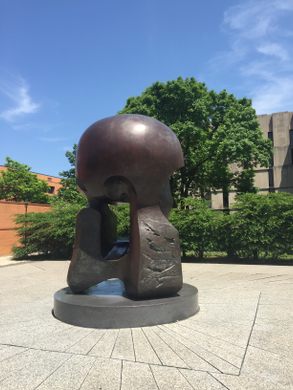
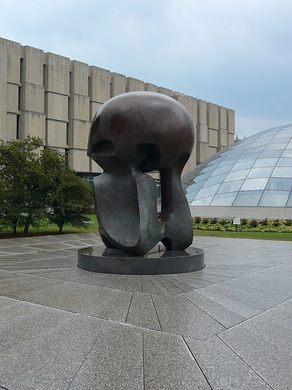
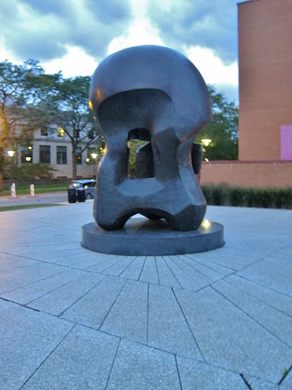
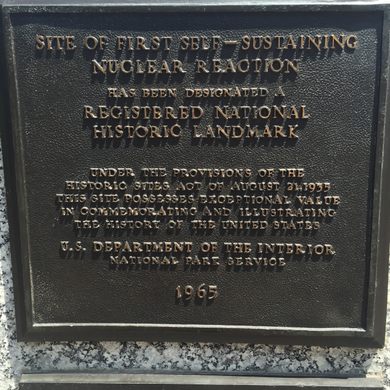
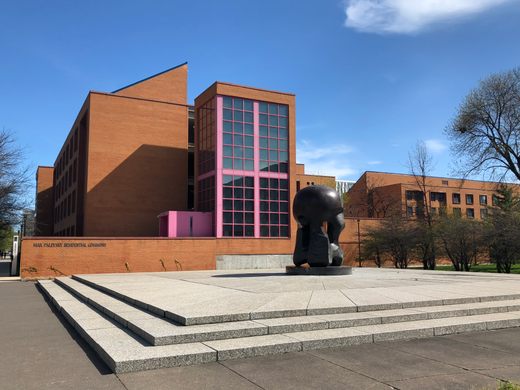
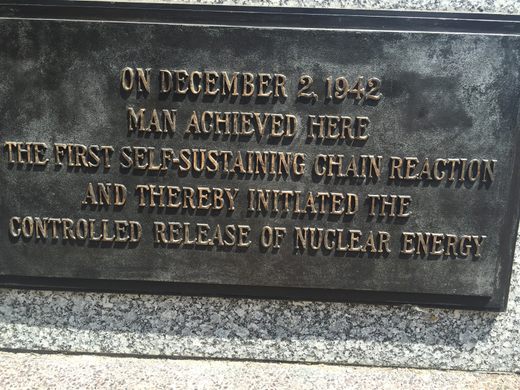












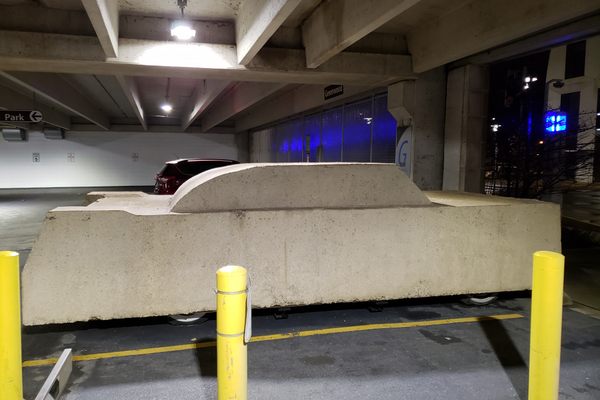

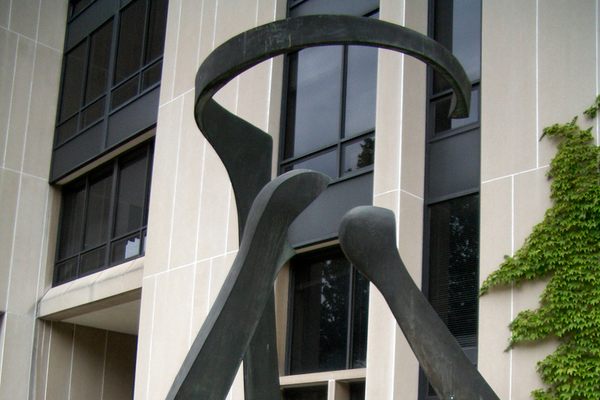


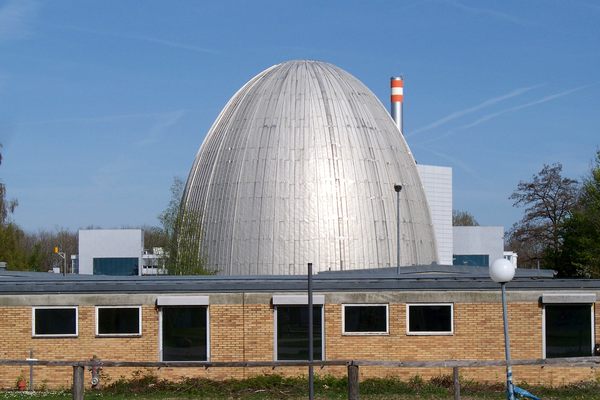
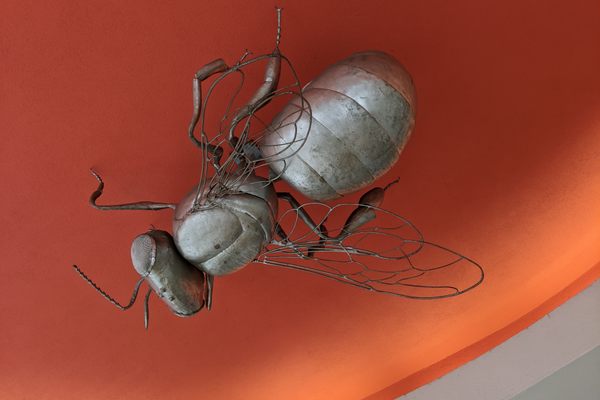


Follow us on Twitter to get the latest on the world's hidden wonders.
Like us on Facebook to get the latest on the world's hidden wonders.
Follow us on Twitter Like us on Facebook